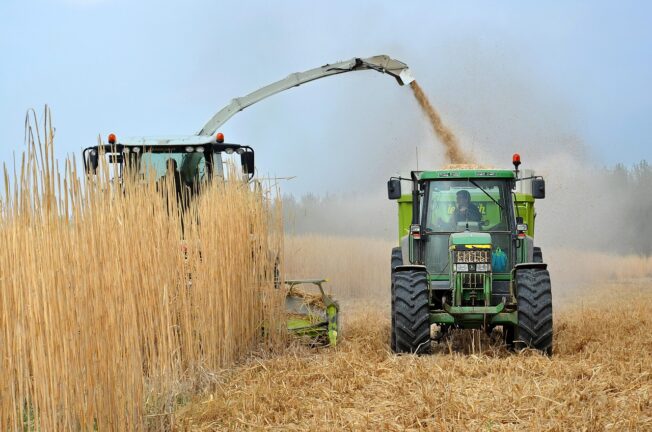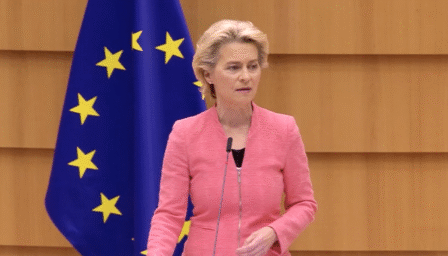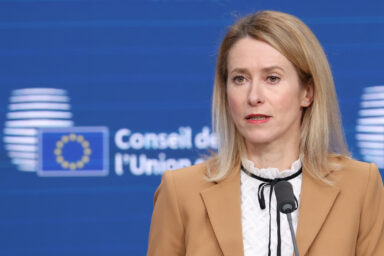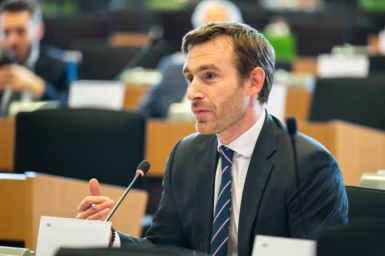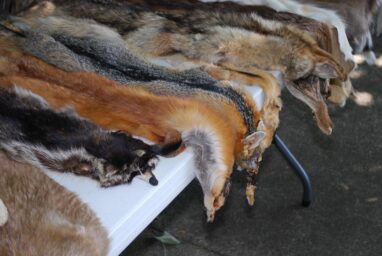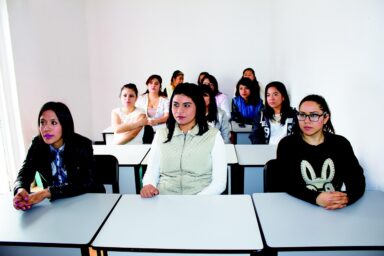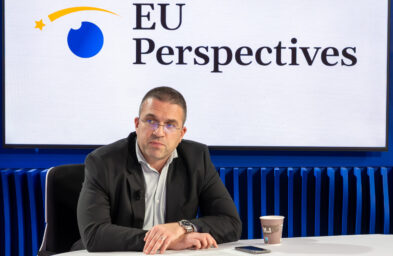The European Commission’s new budget proposal — a €2tn package for 2028 to 2034 — is the most expensive EU framework ever put forward. And it changes how agriculture and the farming sector has been funded since 1999.
Influenced greatly by last year’s Draghi report, the plan aims to significantly boost spending in areas like defence, climate resilience, and digital transformation. The overarching goal is to prepare the EU for an increasingly uncertain world, whether that means managing geopolitical tensions, economic shocks, or climate impacts. After the COVID-19 pandemic laid bare the bloc’s vulnerabilities, the message from Brussels is clear: the EU must be ready for what comes next.
Preparedness includes major changes to the long-standing two-pillar system in the Common Agriculture Policy (CAP). Changes, the Commission argues, will be better for productivity and sustainability both. But the proposal this week did not land well out of the gate due to last minute delays that marred the closely watched launch.
“Farmers have made very significant efforts: they faced inflation, they contributed to the green economy, they faced price volatility… We believe the support of farmers needs to be increased, not questioned.” – MEP Siegfried Mureșan
A rocky start
For such an ambitious proposal, the Commission veritably stumbled out of the gate, most notably in the European Parliament, where the Commissioner for Budget, Anti-Fraud and Public Administration Piotr Serafin laid out a proposal that left many MEPs scratching their heads. The atmosphere deteriorated further when the chamber realised Mr Serafin was presenting the MFF in plenary at the same time Ms von der Leyen was unveiling it to journalists across the street.
The overlap, the absence of proper briefing material, and a perceived lack of respect for the chamber left lawmakers visibly frustrated. “There’s a bucket of goodwill in this house,” Johan Van Overtveldt, Chair of the European Parliament’s Budgets Committee, snapped. “But you’re really throwing it away.”
You might be interested
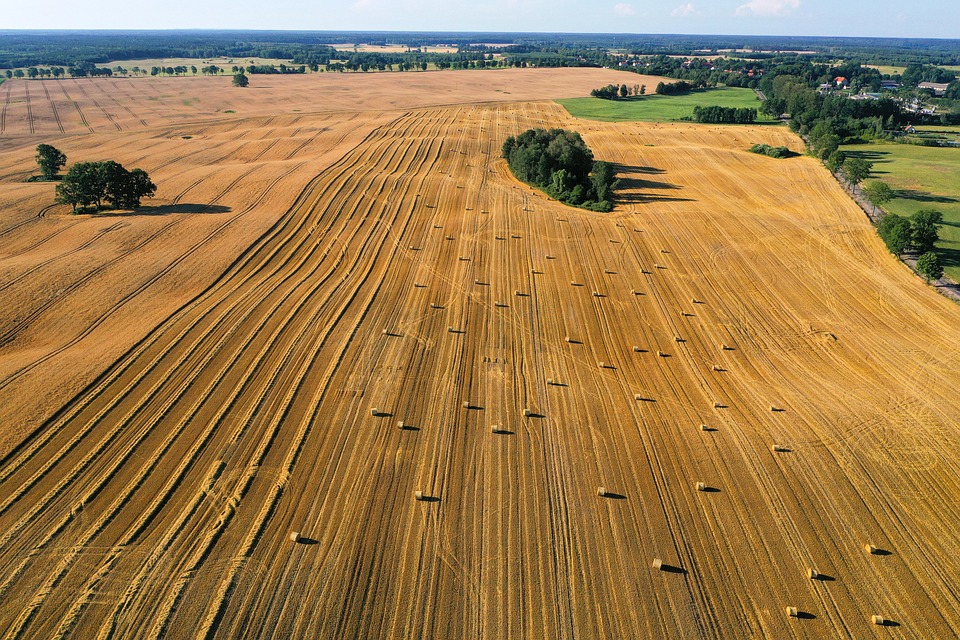
The optics were initially somewhat better at the Berlaymont podium, where the EC president rolled out her presentation. The official release had been delayed by several hours, following two days and nights of heated, last-minute negotiations. President von der Leyen, alone on stage, appeared almost vulnerable in downplaying the chaos — joking that it was all part of standard ‘crunch-time’ procedure.
It was clear that tough decisions had been made right up to the last minute — one reason many of the figures, observers complained, didn’t seem to add up.
For what it’s worth, Ms von der Leyen stressed “I never work with red lines,” knowing she and other proponents of the revamped budget face tough negotiations ahead. Everything is on the table and every detail over the next two years will be picked apart. Any reorganisation or overhaul, no matter how ambitious, will have to be agreed.
“You are looking for something simpler but we cannot see that those goals have been achieved… that is not what the parliament called for.”- MEP Carla Maria Nunes Tavares
Paradigm shift
So what exactly did the Commission suggest? Aside from a significant budget boost to €2trn (in reality €1.816 after the repayment of COVID-era emergency funds), among the most ambitious ideas is restructuring much of the budget along national and regional partnership plans and a complete rewiring of the Common Agricultural Policy. That means scrapping the existing two-pillar system. Instead, the redesigned budget would shift the first pillar of direct payments into a single fund along with cohesion, to the tune of €865bn – leaving regional support to be handled through freed-up funds and synergies. It did not go over particularly well.
Many MEPs, as well as stakeholders, had warned in the run-up that the EC should not make major systemic changes to CAP nor rewrite the budget along national and regional partnership plans. Co-rapporteur Siegfried Mureșan (EPP/RO) was the first to respond when Commissioner Piotr Serafin wrapped up, and he was unabashedly critical. The MEP suggested that the proposal was different from what Parliament had hoped, and was sceptical that the new national–regional partnership schemes – as proposed – were a good idea. He stressed they would “water down” long-standing priorities in both cohesion and agriculture, hurting the very people it was supposed to help. He gave a fairly sharp response:
“We believe that farmers have made very significant efforts in recent years: they faced inflation, they contributed to the green economy, they faced price volatility, they faced extreme weather conditions. The support of farmers needs to be increased, not questioned, not decreased (…) We are open to change, the same with cohesion being reformed with new objectives, but we are opposed to the weakening of these two traditional policies, we are opposed to change for the sake of change.”
Fellow MEP and co-rapporteur Carla Maria Nunes Tavares (S&D/PRT) continued in the same vein:
“You are looking for something simpler but we cannot see that those goals have been achieved (…) we are seeing a re-nationalisation of the budget, losing the European dimension, and that is not what the parliament called for. We told you clearly, repeatedly: we cannot do more with less.”
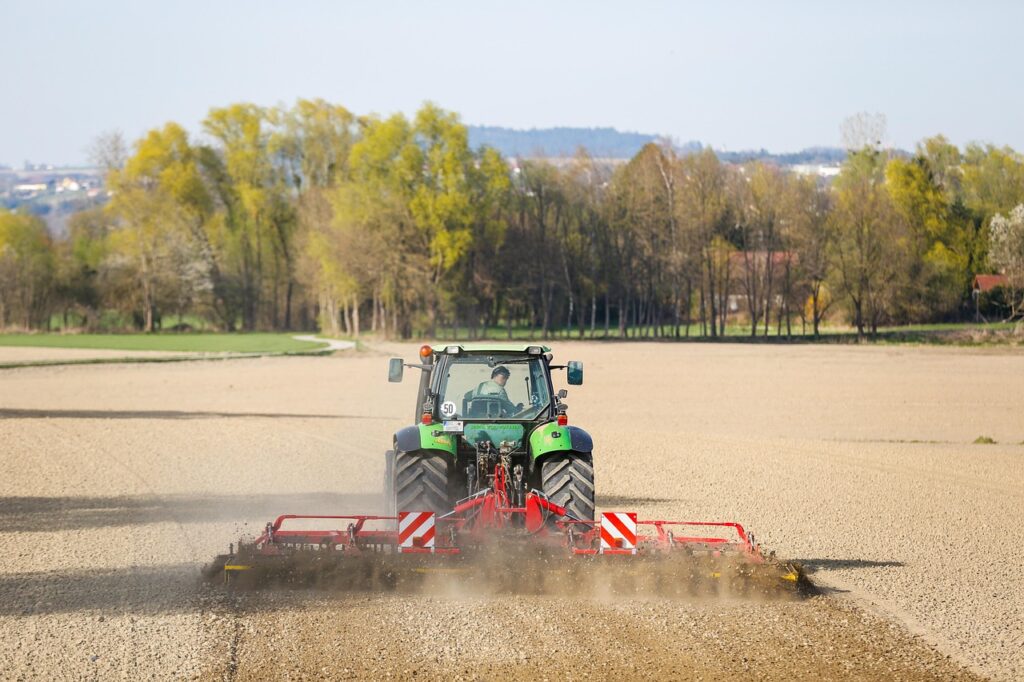
Less is more
Under the new proposal, the EU would scrap the CAP’s two-pillar system of direct payments and rural development funding. Farmers’ subsidies – the first pillar – would go into a new pot along with cohesion funds, referred to for now simply as the Fund. Significantly, subsidies or direct payments for farmers would continue to be ring-fenced, so they could not be allocated for any other use.
“The dissolution of the two pillars, a loss of commonality, and the Commission’s disengagement from its historic agricultural policy — can this be interpreted as anything other than a message of abandonment?” – COPA-COGECA statement
But it was precisely the allocated sum of €300bn that raised eyebrows – €86.6bn less than in the current budgetary period. That caught the immediate attention of many. Still in Parliament, Siegfried Mureșan’s “How is this a win?” underlined the overriding air of scepticism in the room.
Until now, both cohesion and CAP have traditionally accounted for about a third of the EU budget, each. And despite the major increase, the sectors will see funds scaled back. At a press conference later in the day, Christophe Hansen, the commissioner for agriculture, was asked twice—back-to-back—about the discrepancy since the new earmarked funds are around 20–25 percent lower than they were this budgetary cycle. He settled on the argument that “farmers didn’t get the full €386.6bn either.” He stated that around €291.1bn was earmarked for income and sectoral support, while another €95.5bn was meant to support rural development programmes.
And the farmers?
Posting on X (formerly Twitter), farmers’ rights groups expressed their deep dissatisfaction with the direction the commission has taken the budget, despite promises of greater efficiency and a more synergistic response. The lobby stated:
“The dissolution of the two pillars, a loss of commonality, and the Commission’s disengagement from its historic agricultural policy — can this be interpreted as anything other than a message of abandonment, indifference, and a lack of strategic priority for agriculture and rural communities? (…) To those shocked, dismayed, or stunned by the Commission’s announcements this Wednesday, we say: this is only the beginning of a long process!”
Long is a four-letter word
Back at EC headquarters during the launch, President von der Leyen acknowledged that negotiations are par for the course in the EU and this time would be no different. Moving forward will require strong nerves and clear-headed focus. of course, questions remain: how much will the fault lines deepen? What are the red lines for various players? And, invariably, who will blink first?
It is one thing to propose a forward-looking budget to tackle new and unexpected challenges, as the Draghi report warned — but quite another to risk toppling the whole apple cart in the process. To do so with a presentation that only added to the confusion? That’s a hard sell.
